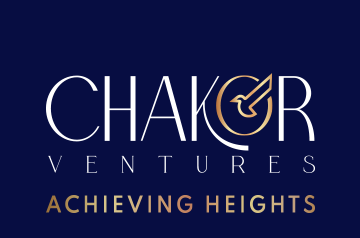Are you multilingual? Hence, if you speak more than one language or dialect, you are definitely multilingual. Pakistan is the land of rich cultural tapestry amidst the bustling and vibrant streets in the country’s renowned highly populated cities, including Blue Area in Islamabad, Karachi, Lahore, Rawalpindi, Faisalabad, Quetta, Peshawar, and many more.
Celebrating Multilingualism is essential as these cities and the rest of the country have many languages intermingled, reflecting the city’s diverse heritage. The majority of people are multilingual, as they communicate in multiple languages.
Every language spoken has its place in these cosmopolitan melting pots as they depict the rich, vast, and diversified cultures that contribute to the linguistic tapestry and the unique linguistic characteristics that make Pakistan a genuinely captivating Asian Muslim country on earth.
The 27th of March is celebrated as the International Day of Multilingualism to remind us to unlock the new understanding of linguistics in the 1800s. They learned about decoding the Demotic text that overlapped the phonic or ideographic clues.
As this provides the evidence that each language overlaps another. The languages we use are multilayered multilingual in our lives and provide inspiration to speak, learn, and communicate. On this international day, we respect, celebrate, appreciate, and honor the unique blend of cultural diversification that makes us bilingual and multilingual. It is not the day to celebrate, but it is celebrated to raise awareness of the importance of language learning for everyone in the world.
Officially, we Pakistanis speak 77 different languages in our country. Most of us know two basic to three languages. Still, on this international day, we are reminded about the rest of the languages spoken in our country, so we should step forward by initiating to learn these different languages of our country.
The dominant languages spoken and generally used in Pakistan are Urdu and English, which are used in the corporate sector, media, politics, education, and government. Even the state’s policies favor these languages at the expense of other languages.
Languages spoken symbolize our class, sophistication, and power, as these languages will be the source of vitality and survival of cultural diversification. As the embracement of linguistics will shine our education and literacy development as it is central to address the literary challenges.
It will help achieve sustainable development goals in all fields like education, health, commercial real estate, and many more prevailing industries that will boast economic enhancement. In today’s digitalized and globalized world, multilingualism’s main characteristics are the implications of literacy in policies and practices.
Celebrating Multilingualism-The Beauty of Diverse Languages
Why should we not promote and encourage the inclusion of multilingual cultural values?
The answer is pretty simple: yes, we should try to fit everyone into a neat pack and promote learning, understanding, and adopting different languages and cultures as it is effective and beneficial in numerous ways. Some of the benefits are mentioned below.
- Biodiversity is outstanding and beautiful in itself.
- Every language has its own identity and values learned and adopted by the new learner.
- The acceptance of multilingual diversification strengthens social relationships.
- The promotion of arts and literature takes place extensively.
- It enhances tolerance and acceptance of linguistics.
- Promotes business, awareness, communication, and economic boost.
- The work environment improves and has diverse, rich people of different backgrounds.
- It formulates strong personalities of individuals as they can mingle with other cultures.
Next Generations: Vast Cultural Diversifications
Today’s technological era has made global interaction more accessible and interactive. Being part of multilingualism and adopting cultural diversification is the new norm. As the world is growing and advancing immensely. This changing world needs strong communication, interaction, and acceptance of different perceptions and ideologies.
It is possible if we are ready to promote and learn the rich linguistics prevailing in our region as it will foster and be the source of recurrence of lifelong mobility of knowledge and diversity.
